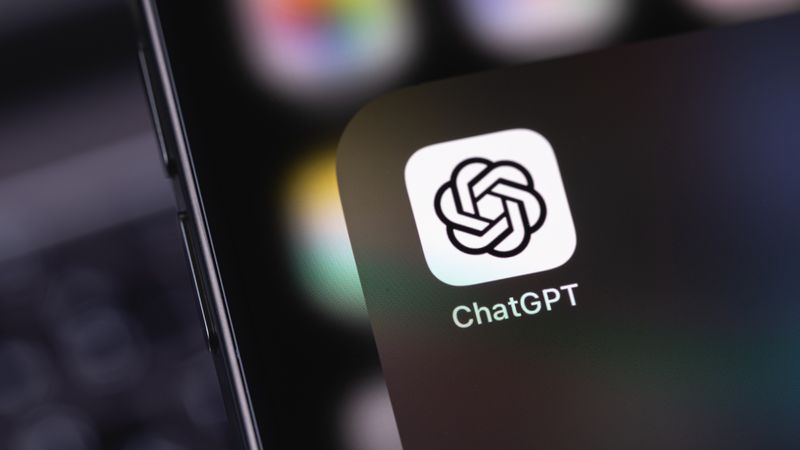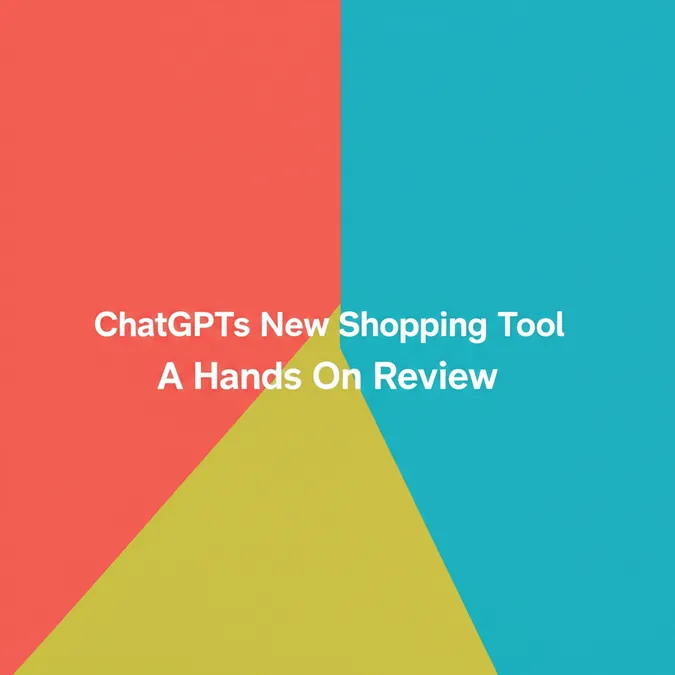Optimizing ChatGPT Chats New Or Continue
Interacting with ChatGPT is changing. With capabilities like advanced memory and the new projects feature, your conversations can build over time. This makes the decision of whether to start a new chat or continue an existing one more critical than ever.
This isn't just about maintaining a neat chat history; it's about enhancing the helpfulness of ChatGPT's responses. Initiating a new chat often yields clearer, context-free answers, whereas continuing a discussion saves time and builds upon prior work. Knowing which path to choose can significantly improve ChatGPT's utility for you.
 (Image credit: Shutterstock / Primakov)
(Image credit: Shutterstock / Primakov)
Understanding ChatGPTs Evolving Memory
ChatGPT's memory function has recently been updated and is likely to continue evolving. Here's how it currently works.
For paid users, ChatGPT can now retain specific details across different chats due to its memory upgrade. This allows ChatGPT to remember information you've explicitly permitted, such as your name, preferred writing style, or ongoing projects. It can also sometimes reference information from previous conversations, though it doesn't automatically recall everything from all past chats. You have control over what ChatGPT remembers via your settings, where you can review, manage, and toggle memory features.
In contrast, context within a single chat thread is always active and cannot be disabled. Consider memory as long-term storage that helps ChatGPT maintain consistency across multiple interactions. Chat context is short-term, encompassing everything recently typed or received within that specific chat session.
So, while memory might recall your preference for clear, emoji-filled Instagram posts, chat context remembers the exact caption you drafted five minutes earlier. This distinction is key when deciding whether to continue an existing chat or begin a new one.
There's a nuance to consider. Since ChatGPT’s memory became more advanced, it might occasionally recall context you don't anticipate. Simon Willison, creator of Datasette, highlighted in a blog post that while ChatGPT often generates responses from scratch, it can sometimes draw unexpected details from previous conversations, potentially causing confusion. As there's no precise way to predict this, adhering to general guidelines for managing chats can help mitigate unpredictability.
When to Continue Your ChatGPT Conversation
The general rule is straightforward: continue the current chat when you are still working on the same task or project.
If you're in the midst of a project, still exploring one idea, or fine-tuning a piece of work, staying in the same chat will generally yield the best results. ChatGPT will have access to all previous exchanges in that specific thread, including your earlier prompts, any feedback provided, and the desired tone. This helps maintain consistency and avoids redundant questions.
For example, imagine you're developing a blog post. You've asked ChatGPT for an outline and then to write the introduction. Later, if you need help crafting a title, remaining in the same chat means ChatGPT still “remembers” the earlier content and context, so it won’t need to be brought up to speed.
Continuing the same chat is also effective for editing, troubleshooting, or ongoing research. As long as the task is part of the same continuous flow, you’ll achieve better results by sticking with it.
When to Start a Fresh ChatGPT Chat
Sometimes, a clean slate is the most effective approach, making a new chat the smarter option.
If you’re switching topics—for instance, moving from writing about artificial intelligence to planning a vacation—starting a new chat helps avoid confusion. ChatGPT won’t attempt to carry over the tone, structure, or any assumptions from your previous request.
New chats are also beneficial when you want a different perspective on an idea. If your last few prompts have overly influenced ChatGPT’s responses, starting anew can help reset the interaction. You’ll often receive clearer, less biased results when the AI isn’t influenced by a long history of recent messages.
This is especially true when things go awry. Perhaps ChatGPT keeps misunderstanding your requests or stubbornly clings to an earlier version of a draft. Sometimes, a chat simply becomes messy, stale, or unhelpful. In such cases, opening a new one can provide a much-needed reset.
Leveraging ChatGPT Projects for Complex Tasks
Paid users will notice a ‘new project’ option in the sidebar, usually below 'new chat'. Projects are essentially dedicated folders that combine memory, context, and files to help streamline complex tasks.
If you’re engaged in an ongoing endeavor, such as developing a brand strategy, creating a course, or undertaking a large research task, projects allow you to upload documents, set specific goals, and keep everything organized in one place. ChatGPT will remember the specifics of a project, even if you leave and return to it days later.
Projects are helpful because they minimize the need to repeat yourself. You won’t have to constantly re-upload the same file or explain the same task. They are an excellent choice for anything involving multiple steps or numerous documents.
However, projects aren’t necessary for every interaction with ChatGPT. For a quick brainstorming session, assistance with a social media caption, or a fast recipe idea, a regular chat is often quicker and more straightforward.
Smarter ChatGPT Use Not A Single Right Way
There’s no universal rule for when to start a new chat versus continuing an old one. However, understanding how ChatGPT manages memory and context enables you to use it more effectively.
Stick with an existing chat for continuity in ongoing tasks. Start fresh for clarity and a new perspective. Utilize projects when tackling large, complex assignments.
Understanding these dynamics (and recognizing that they are constantly evolving) not only helps you maximize your ChatGPT subscription but also empowers you to use it more like a creative, collaborative partner that truly understands your objectives.


